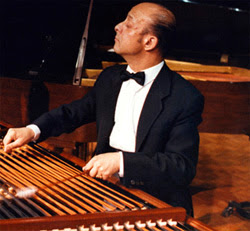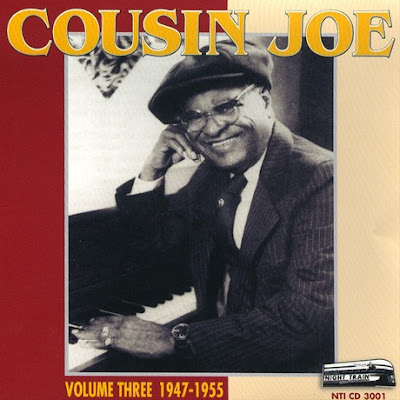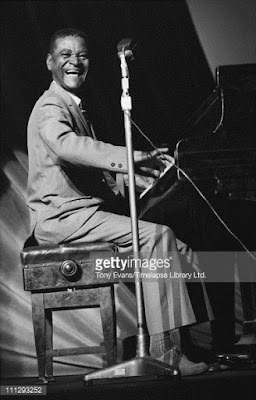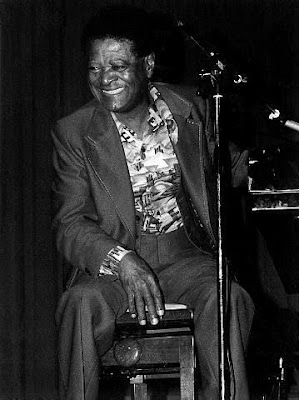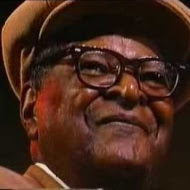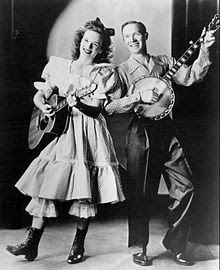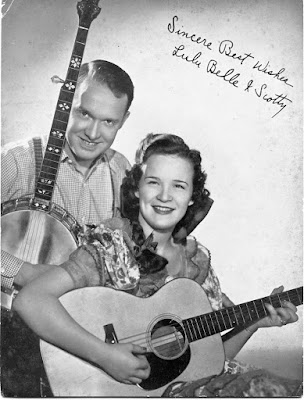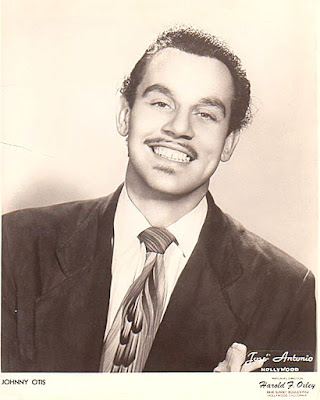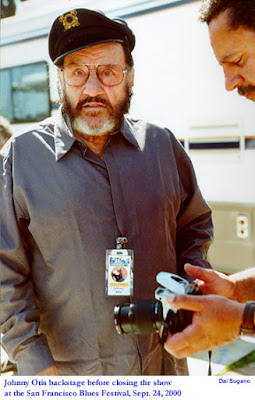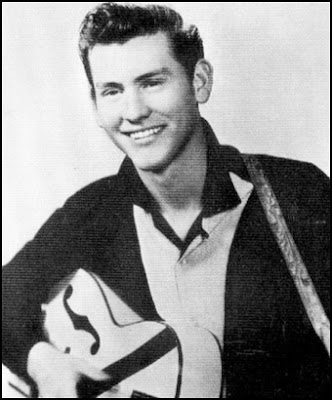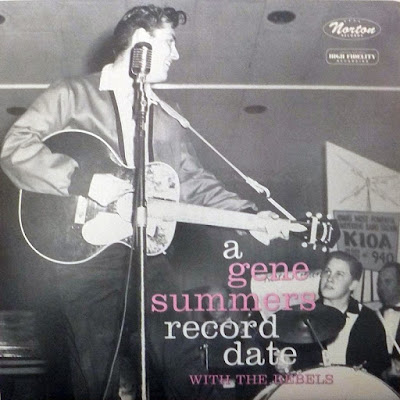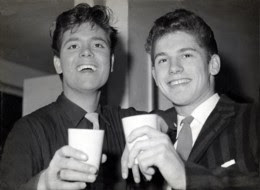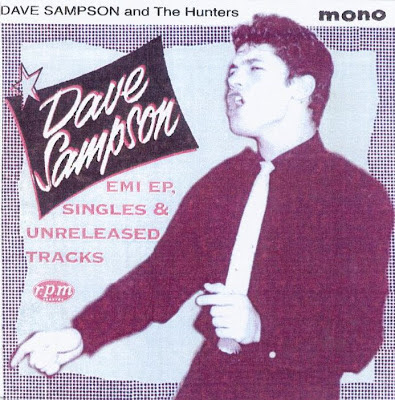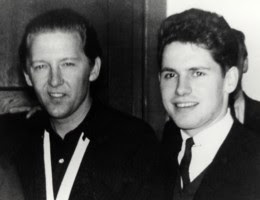Mike Tinsley (born Michael Tinsley,16 December 1940, Portsmouth, Hants. UK ) was the original lead singer with Hedgehoppers Anonymous.
The story begins in November 1959 in rural Cambridgeshire where five aspiring musicians are working as Royal Air Force ground crew and servicing engineers at RAF Wittering. Originally known as The Trendsetters, the very first line up of the band that would become Hedgehoppers Anonymous comprised former Electrons ![]() lead singer Mike Tinsley; lead guitarist and singer John Stewart; rhythm guitarist Tony Cockayne; bass player Ray Honeyball; and drummer Leslie Dash.
lead singer Mike Tinsley; lead guitarist and singer John Stewart; rhythm guitarist Tony Cockayne; bass player Ray Honeyball; and drummer Leslie Dash.
 lead singer Mike Tinsley; lead guitarist and singer John Stewart; rhythm guitarist Tony Cockayne; bass player Ray Honeyball; and drummer Leslie Dash.
lead singer Mike Tinsley; lead guitarist and singer John Stewart; rhythm guitarist Tony Cockayne; bass player Ray Honeyball; and drummer Leslie Dash.The Trendsetters made way for The Hedgehoppers in 1964; a nickname for the “V” bombers at the RAF station, which were famous for using the technique of flying a few hundred feet above the ground under enemy radar to avoid detection and ground-to-air missiles. This was the strategy planned for the RAF bombers during the Cuban crisis in 1962.
By the time they had changed name, the quintet had debuted at the White Lion pub in nearby Whittlesey, Cambridgeshire and ![]() extended their range to Cambridge where they performed at the Dorothy Ballroom and the Corn Exchange. Stuart Dingley, their Cambridge agent, landed The Hedgehoppers a prestigious opening slot for The Kinks at Peterborough Palais, which led to further work, performing on the same bill as The Hollies and The Swinging Blue Jeans.
extended their range to Cambridge where they performed at the Dorothy Ballroom and the Corn Exchange. Stuart Dingley, their Cambridge agent, landed The Hedgehoppers a prestigious opening slot for The Kinks at Peterborough Palais, which led to further work, performing on the same bill as The Hollies and The Swinging Blue Jeans.
 extended their range to Cambridge where they performed at the Dorothy Ballroom and the Corn Exchange. Stuart Dingley, their Cambridge agent, landed The Hedgehoppers a prestigious opening slot for The Kinks at Peterborough Palais, which led to further work, performing on the same bill as The Hollies and The Swinging Blue Jeans.
extended their range to Cambridge where they performed at the Dorothy Ballroom and the Corn Exchange. Stuart Dingley, their Cambridge agent, landed The Hedgehoppers a prestigious opening slot for The Kinks at Peterborough Palais, which led to further work, performing on the same bill as The Hollies and The Swinging Blue Jeans.Soon after changing name to The Hedgehoppers, a civilian living near RAF Wittering, 17-year-old rhythm guitarist and singer Alan Laud replaced Tony Cockayne in what would be the first in a ![]() succession of personnel changes to inflict the band over the coming
succession of personnel changes to inflict the band over the coming
years. Laud’s arrival coincided with the band’s “big break” when Hedgehoppers were spotted playing at the Corn Exchange in Cambridge by Trinity College student Kenneth King, who was working as an independent producer at Decca Records through his own company “Jonathan King Enterprises”.
 succession of personnel changes to inflict the band over the coming
succession of personnel changes to inflict the band over the coming years. Laud’s arrival coincided with the band’s “big break” when Hedgehoppers were spotted playing at the Corn Exchange in Cambridge by Trinity College student Kenneth King, who was working as an independent producer at Decca Records through his own company “Jonathan King Enterprises”.
Jonathan King took over their record production in 1965, and added Anonymous to their name.Their major success was the King produced and written "It's Good News Week", issued on Decca.
Overnight, Hedgehoppers Anonymous became a huge media sensation, which threatened to derail the band’s career before it had even begun. The problem was that most of the band were still members of the RAF and had not obtained the proper authority to find employment outside the Armed Forces.
 By late November, Tinsley and Stewart had managed to secure a successful discharge. But Dash and Honeybull who had contributed to "It's Good News Week", were unable to stay with the group and were replaced by Tom Fox and Glenn Martin.
By late November, Tinsley and Stewart had managed to secure a successful discharge. But Dash and Honeybull who had contributed to "It's Good News Week", were unable to stay with the group and were replaced by Tom Fox and Glenn Martin. Due to the lack of further chart activity leaves them labelled as one-hit wonders. The group released four other tracks before breaking up in 1967.After which Mike Tinsley released his debut solo single, “Let It Be Me”, produced by Kenneth King, on Decca.
Having moved to Halifax, West Yorkshire in February, drummer Glenn Martin revived the name with a new line up and toured the UK for eight months before coaxing original singer Mike Tinsley back for a swansong Swedish tour later that year. On their return to the UK, Tinsley resumes a solo career.
 In 1976 Mike Tinsley sings “Wrap Me in Love” co-written with Peter Hawkins of Pickettywitch as a soloist for the UK at the Yamaha World Song Festival in Tokyo 1976. He co-writes songs with Peter Yellowstone for Joe Dolan and Kelly Marie.
In 1976 Mike Tinsley sings “Wrap Me in Love” co-written with Peter Hawkins of Pickettywitch as a soloist for the UK at the Yamaha World Song Festival in Tokyo 1976. He co-writes songs with Peter Yellowstone for Joe Dolan and Kelly Marie.1994 finds Mike recording the original CD "Songs that won the War" on Prism Leisure Records. In 2009 Mikes solo album My Surival is released on the British Academy Songwriters Composers Authors’ label. The album is produced by Tony Swain, who has previously worked with Spandau Ballet, Alison Moyet and Bananarma among others. Tinsley continues to pursue a solo career.
(Info edited from thestrangebrew.co.uk garagehangover.com)
(Info edited from thestrangebrew.co.uk garagehangover.com)
Here’s Mike Tinsley performing "Will you still love me tomorrow" along with the versatile Vanity Fare at The Rock and roll club at Amersham, 2011. Other acts included Colin Hare Honeybus) and Alan Warner (The Foundations). Chris Farlowe was topping the bill that night, The audience really enjoyed a great evening.


